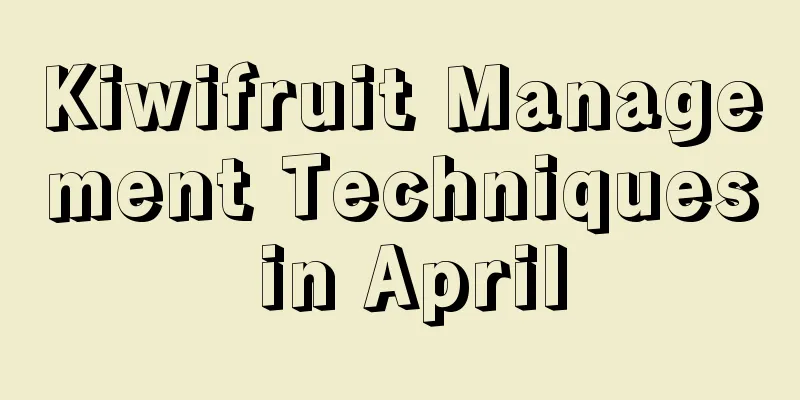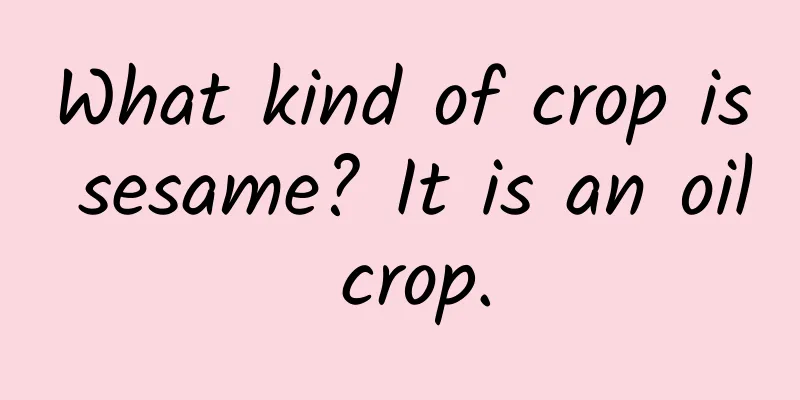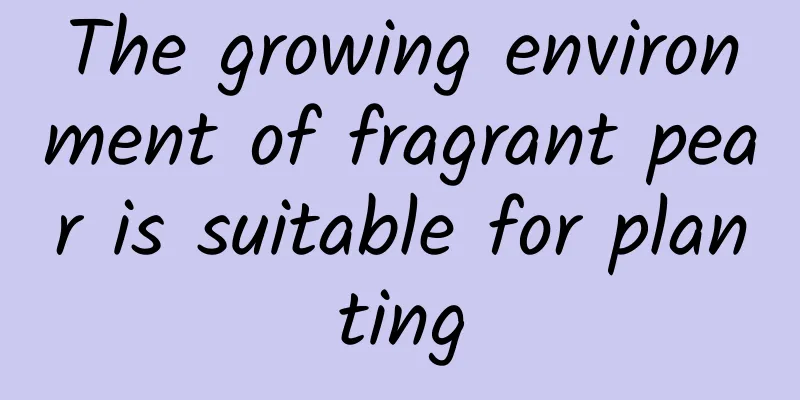Kiwifruit Management Techniques in April

|
As April begins, kiwifruit orchards in northern regions enter a peak period of new shoot growth. This stage is crucial for the growth of kiwifruit and the management of the orchard. Let’s learn the key points of kiwi orchard management techniques in April. 1. Prevent low temperature and late frost damage The temperature fluctuates greatly in spring, especially at night, and low temperatures and frost may cause damage to kiwifruit shoots. To prevent this risk, orchard managers should pay close attention to weather forecasts and take timely measures. Before frost is expected, you can lower the ground temperature and delay bud break by irrigating the orchard in advance. After germination, antifreeze agents such as brassinolide or oligosaccharides can be sprayed to enhance the plant's frost resistance. In addition, smoke can be used to raise the temperature in the orchard at night to reduce the impact of frost. 2. Bud removal management Bud removal is an important part of kiwifruit management in spring, usually starting from the bud germination stage and carried out every two weeks. The purpose of bud removal is to remove excess buds, such as sprouts on the main trunk, buds infected by diseases and insect pests, etc., so as to concentrate nutrients to supply healthy fruiting branches. Bud removal should be done on a sunny day to reduce the occurrence of diseases. By removing buds promptly and thoroughly, nutrient waste can be avoided and the burden of subsequent management work can be reduced. 3. Pinching technique Pinching is an effective means to control the growth of new shoots of kiwifruit and promote flower bud differentiation. For the healthy and growing branches or fruiting branches in the inner part of the crown, pinching is generally not performed, so as to cultivate them into the fruiting mother branches for the next year. For the fruiting branches outside the second wire, 3-4 leaves should be left on the flower buds and heavy pinching should be done to promote the growth of flower buds and the development of inner branches. Pinching the Hayward variety of kiwifruit when the new shoots grow to 15-20 cm can effectively prevent wind damage. 4. Bud thinning Bud thinning is an important measure to improve the quality of kiwifruit. After the flower buds are separated, all side buds and unhealthy buds should be removed in time, such as those that are deformed, damaged by pests and diseases, dull in color and small. Adjust the number of flower buds according to the strength of the fruiting branches. Leave 5-6 flower buds on strong and long fruiting branches, 3-4 flower buds on medium fruiting branches, and 1-2 flower buds on short fruiting branches. When thinning buds, pay attention to selecting well-developed buds in the middle to ensure the uniformity and quality of the fruit. 5. Pest and disease control Spring is also a period when pests and diseases are active. Kiwifruit orchards need to focus on preventing and controlling pests such as beetles , wax cicadas, stink bugs, as well as diseases such as blossom end rot and brown spot. Choose appropriate insecticides and fungicides , such as highly effective chlorfenapyr and polyoxin, for timely prevention and control. For orchards with severe bacterial blossom rot, you can spray Zhongshengmycin or Junduqing for prevention and control. 6. Orchard grass Orchard grassing is an eco-friendly management method that allows green manure crops such as hairy vetch and mung bean to be sown between the rows. The width of the grass strip should be determined based on the spacing between rows and the age of the fruit trees. When sowing, you should choose a time when the soil moisture is suitable. You can use furrow sowing or broadcast sowing. Growing grass can not only improve soil structure and increase soil organic matter, but also reduce soil erosion and provide a habitat for natural enemies of insects. In orchards without artificial grass planting, natural weeds should be used rationally and the use of chemical herbicides and mechanical weeding should be avoided. The above is the management plan for kiwi orchards in April. Friends who have planted kiwi trees can seize the opportunity at this time, take good management measures, and lay a solid foundation for a high yield.
|
<<: How to slow down the growth of newly bought azalea
>>: How to keep water bamboo from dying in winter
Recommend
How to prune hanging baby's breath and how to fix it if it dries up
1. How to trim 1. First of all, you need to trim ...
How to grow Jinyumantang so that it blooms
Flowering time of Jinyumantang The flowering seas...
How to prune dragon fruit
Dragon fruit pruning time Dragon fruit needs to b...
How to make cedar bonsai
Select pot Cedar is best planted in a purple clay...
How to grow Tiger Pilan? How to grow it at home
Tiger Piranha growing conditions The suitable tem...
What to do if the Jade Butterfly has black rot
Jade butterfly black rot - soil problems If the s...
What fertilizer is better for growing wheat (the best time to fertilize wheat and topdress it later)
Basic fertilizer for wheat sowing When wheat is s...
How often should I water the Jade Plant?
How often should I water the Jade Plant? Jade pla...
How to grow banana
1. Soil It likes to grow in fertile soil with goo...
What is the flower language of Champagne Eustoma?
1. Flower Language Although this type of plant is...
Is cherry tomato a fruit or a vegetable?
Is cherry tomato a fruit or a vegetable? Cherry t...
My wife is a succulent fan, what is it like?
Creating a Succulent Flower Bed I have been raisi...
When is the best time to sow Wenwan gourds?
Planting time of Wenwan gourd Wenwan gourd, as th...
What flowers are good for people born in the year of the dog?
1. Fortune Tree People born in the Year of the Do...
10 super simple rooting techniques, the roots grow like crazy
Cuttings When taking cuttings, it is best to choo...









